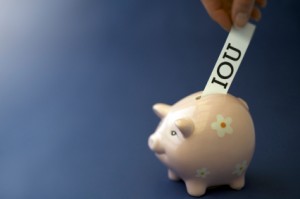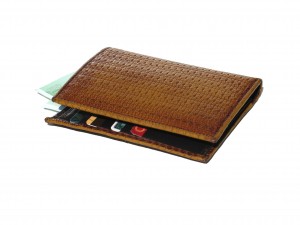Getting into debts is a serious crisis, which is difficult to shake off, but not unattainable.Read on to know some good guidelines that might prevent you from falling into debts, again and again. First of all, you need to stop using different credit cards, just use one card only. The loads of credit cards that you possess for multiple purposes will just lead you to more debts, and getting out of it would definitely be a disaster. You have to use only one credit card until and unless you control your expenses. 
The concept of writing down spending is dying among the people, you have to adopt this concept and should write every expense you make each day. By maintaining a budget diary, you can have a strong hold on your daily expenses and will also understand where you have spent your money and if it was worth it. You will have the record of your income & expenses and this would enable you to cut down your finances on luxury items.
The next step is to classify your expenses; there are some expenses that are necessary for your survival like you have to spend on medication, food and pay on the monthly utilities. There are numerous activities, which you can cut down to get back on budget, one of them being spending less on shopping for new clothes, when you don’t really need them.
When you take on a strong, accurate budget list, you will clearly find ways to get out of debts gradually. Once you are done with all the classifications, start tallying your budget monthly. Pinpoint commodities and activities on where you can save up money. Here you might see some areas where you need to increase in spending and some areas would require you to stop spending, like you may have to discontinue some memberships and buy non branded good quality products at lower price.
Look at your total debt and make a detail sheet writing down the names and amount of all the debts and their interest separately, calculate the minimum monthly amount you are required to pay. Tackle high priority debts, pay them off and try not to get them delayed. You can also see from where you can gain some extra money; a part time job maybe?. You will be able to refine your budget in a month and able to pay more next time and similarly next month you will be able to pay a little more and soon you will be free of your debts. However, you have to be very consistent and strong willed with this way of dealing with debts, because it requires time to be able to get back on track.
Related Posts: https://www.lifeoncredit.ca/5-steps-to-debt-free-2015/
